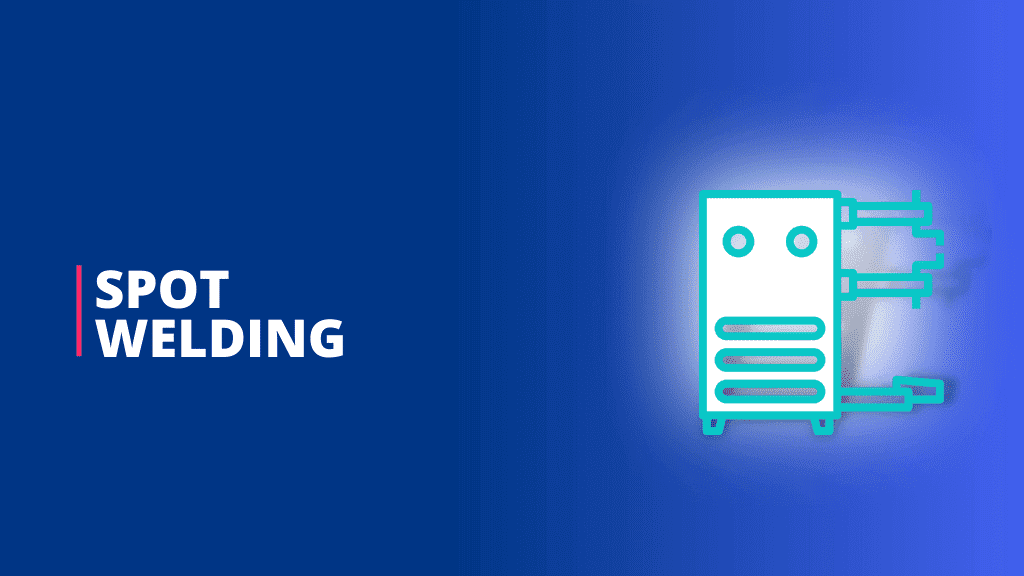Welding is a complex craftsmanship that requires a high degree of precision and expertise. The techniques used can range from simple to advanced, but regardless of the complexity level, it is always critical to use the right tools and follow best practices. This extensive guide, brought to you by The Edge WA, will give you an in-depth understanding of the best welding tools and practices, equipping you with indispensable knowledge to take on your next welding project.
A Brief Overview of Welding
Welding is the process of connecting metal pieces by melting them at elevated temperatures. This technique plays a crucial role in various sectors such as automotive, aerospace, construction, and more. Unfortunately, the importance of adhering to proper welding techniques is sometimes overlooked. Using inadequate tools and incorrect procedures can compromise the strength, durability, and overall integrity of the weld. It’s essential to prioritize precision and expertise in welding practices to ensure optimal results across different industries.
Essential Welding Tools
To ensure impeccable welding outcomes, a basic understanding of the essential tools is required.
- Welding Machine: A top priority for welders is having a reliable welding machine. Whether you’re engaged in MIG, TIG, or stick welding, a quality welding machine is essential for consistent heat control and durable welds. It’s important to invest in the right equipment to achieve successful welding outcomes regardless of the technique used.
- Welding Helmet: A welding helmet provides essential protection by shielding your eyes and face from sparks and intense light during welding. Some high-end models offer auto-darkening features that improve visibility and precision while working. Investing in a quality welding helmet with advanced features enhances safety and ensures optimal working conditions. It’s a crucial tool that every welder should prioritize in their equipment collection.
- Welding Gloves: Welding involves handling extreme temperatures, necessitating the use of robust welding gloves to shield your hands effectively. These gloves act as a barrier against heat and potential burns, ensuring safety and comfort during welding tasks. It’s important to prioritize wearing proper protective gear like welding gloves to minimize risks while working.
- Welding Clamps: Welding clamps play a critical role in securing metal pieces firmly in place during welding operations. They prevent metal parts from shifting, which could result in weak or misaligned joints if left unsecured. Using welding clamps ensures precise alignment and stability, ultimately contributing to the quality and strength of the welded joints.
- Angle Grinder: This tool is crucial for cleaning, polishing, and grinding welded joints for a smooth finish. Additionally, it helps remove any imperfections or excess material, resulting in a professional-looking weld that meets high-quality standards.
Understanding Welding Practices
Effective welding goes beyond using the right tools. Detailed knowledge and application of best welding practices are essential for creating durable and long-lasting welds. Here are some practical applications:
- Safety Precautions: Always keep a fire extinguisher nearby, wear appropriate safety gear such as welding gloves, helmets, and protective clothing, and work in a well-ventilated area to protect against hazardous fumes. Staying mindful of safety protocols ensures a secure and productive welding environment for yourself and those around you.
- Material Preparation: To achieve optimal welding results, it’s crucial to remove any paint, rust, or dirt from the surface before beginning the welding process. This step ensures that the weld will be strong, clean, and free from contaminants that could compromise its integrity.
- Accurate Measurements and Clamping: Ensure you measure and clamp pieces precisely before welding. This precision is paramount in achieving neat, professional results. Proper alignment and secure clamping minimize the risk of misalignment or distortion during the welding process, contributing to a high-quality finished product.
- Correct Heat Settings: Different metals require different heat settings. For instance, thinner metals need lower heat settings, while thicker metals require higher ones. Understanding these variations is crucial for achieving optimal results in metalworking processes like welding or soldering.
- Regular Inspection and Maintenance: Regularly inspect and maintain your welding tools to ensure they remain in peak working condition.
Resources for Continuous Learning
Staying current with the latest practices, tools, and safety measures is essential for success in the ever-evolving world of welding. Websites dedicated to welding can offer comprehensive insights and resources for both novice and experienced welders. These platforms often provide practical advice and tips directly from seasoned welding professionals, enhancing the learning and skill development process.
Conclusion
Welding doesn’t take much to begin, but it requires consistent learning and practice to master. Understanding the essential tools and best practices forms the backbone of becoming a proficient welder. Always remember—safety first! Never compromise your well-being for any project. And don’t forget that the key to a seamless, beautiful weld lies in good preparation, use of the best tools, and employing correct techniques. Happy welding!






